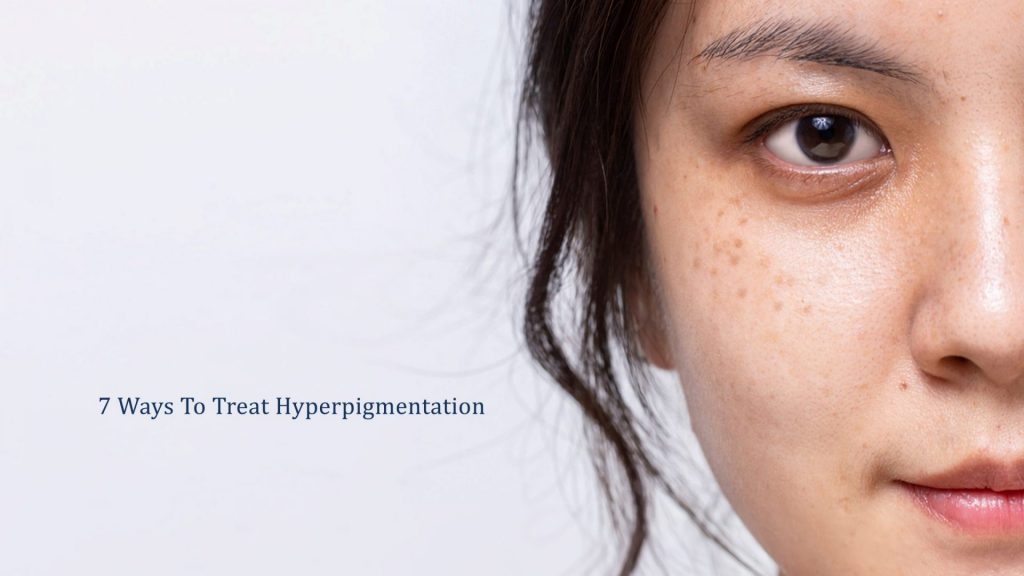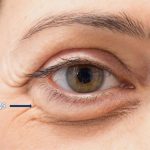Do you observe dark-colored patches on your skin? Well, you might not be the only one. They might be present since birth or resulted from injury such as excessive sun exposure or inflammation.
These skin conditions are relatively common. Let alone melasma, a skin condition that has affected more than 5 million population in the United States.
The dark-colored patch is referred to as hyperpigmentation and can occur anywhere on your body. The ones that occur over those areas which are exposed to the world shatter your confidence. You lose your self-esteem and are reluctant to face others. Researches prove the negative psychological impact of melasma on a person’s daily life.
Dermatologists and physicians understand the importance of treating hyperpigmentation, which improves the physical and mental state of the person. This is why they have come up with various hyperpigmentation treatments in Singapore, including the use of therapeutic creams, chemical peels, laser procedures, etc.
This article serves as the perfect guide for all those suffering from any hyperpigmented condition of the skin and is looking for the best solution for themselves.
What Is Hyperpigmentation?
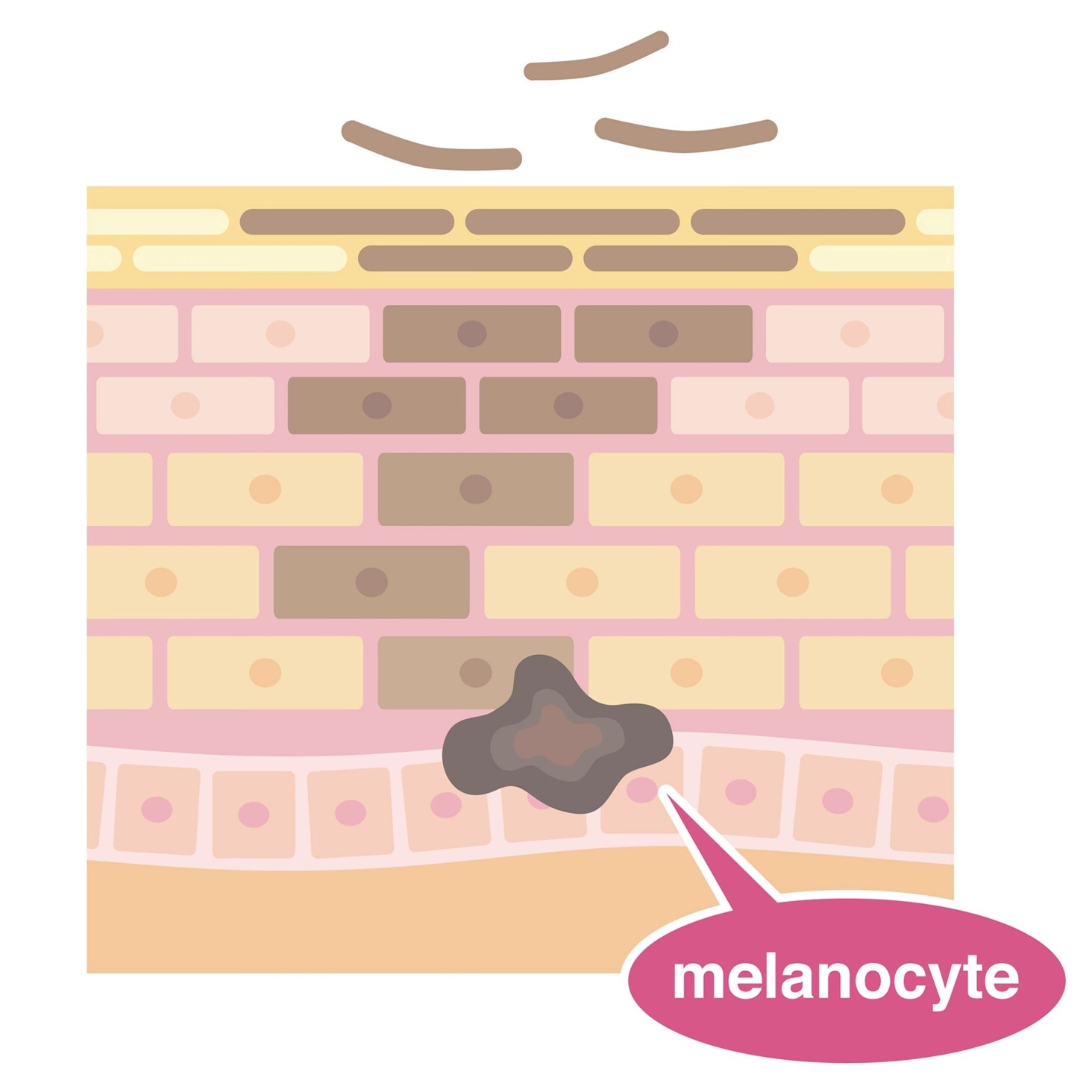
The natural pigment found in our body that is responsible for giving it its color is melanin. It is present in our skin, hair, nails, etc., and determines how dark our skin tone will be. It is controlled by the concentration and distribution of melanin in our skin layers.
The production of skin color pigment in every individual is different. There are various factors that stimulate or hinder the production of melanin. Some of these factors include exposure to sunlight, UV rays, family history, genetics, skin inflammation, hormonal imbalance, etc.
Hyperpigmentation is the condition where there is increased production and deposition of melanin. It may occur in anyone, regardless of gender, age, or ethnicity, and might be present since birth or occur at any point in life. As the pigmentation increases, the skin gets darker, and it can present itself as patches or spots almost anywhere on the body.
wny medical condition. But due to cosmetic reasons, many people prefer getting them removed, especially if they are on the facial area.
Types Of Hyperpigmentation
Though much of the population of this world is affected by hyperpigmentation, the type and symptoms may vary from one individual to another.
Let’s see some of the most frequent types of hyperpigmentation, as enlisted in the table below, before exploring their treatment options.
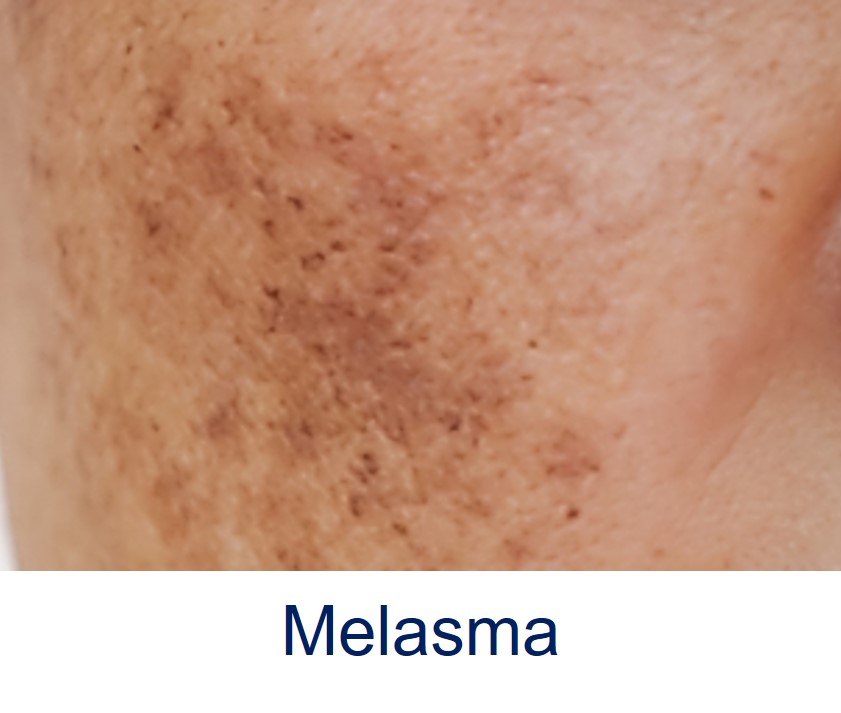
Melasma
- Larger patches
- Uneven area of normal and hyperpigmented skin color
- Most common in women
- Usually on the forehead, upper lip, and cheeks
- Triggered due to hormonal imbalance
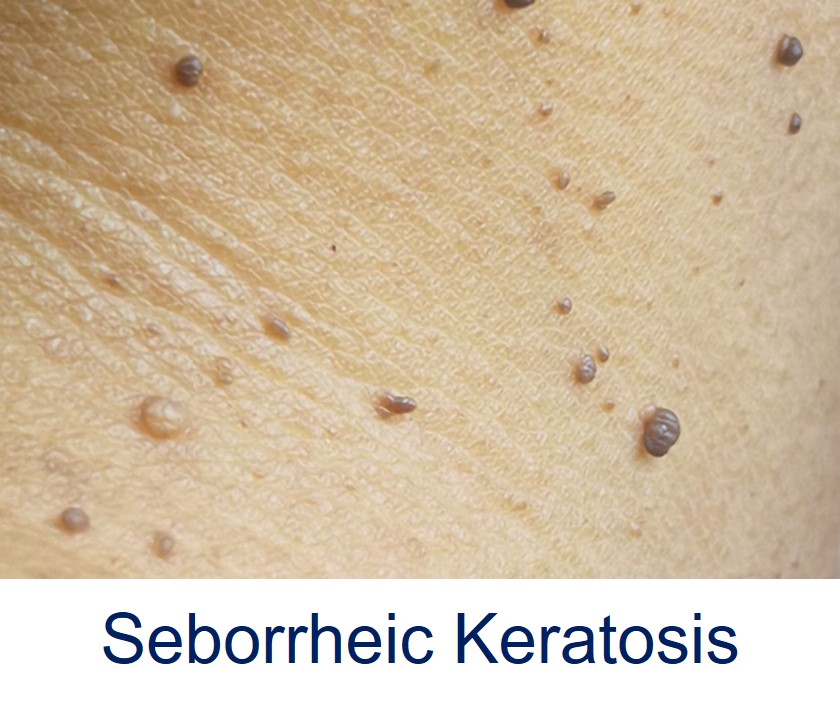 Seborrheic Keratosis
Seborrheic Keratosis
- Hyperpigmented thick growth
- Occur in late adult life
- Waxy and scaly in appearance
- Usually black, brown, or light tan in color
- Mostly due to genetic variations
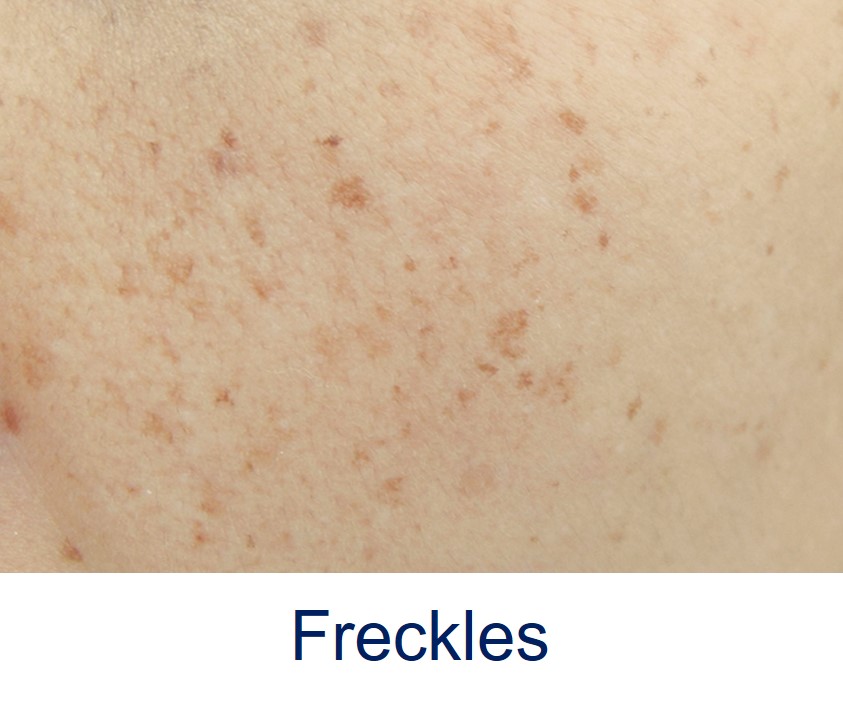 Freckles
Freckles
- Tiny dark spots
- Mostly on cheeks, bridge of the nose, and below the eyes
- They are at surface level
- Brown or dark brown in color
- Triggered due to sun exposure
 Melanoma
Melanoma
- Pigment producing skin cancer
- Due to exposure to UV lights
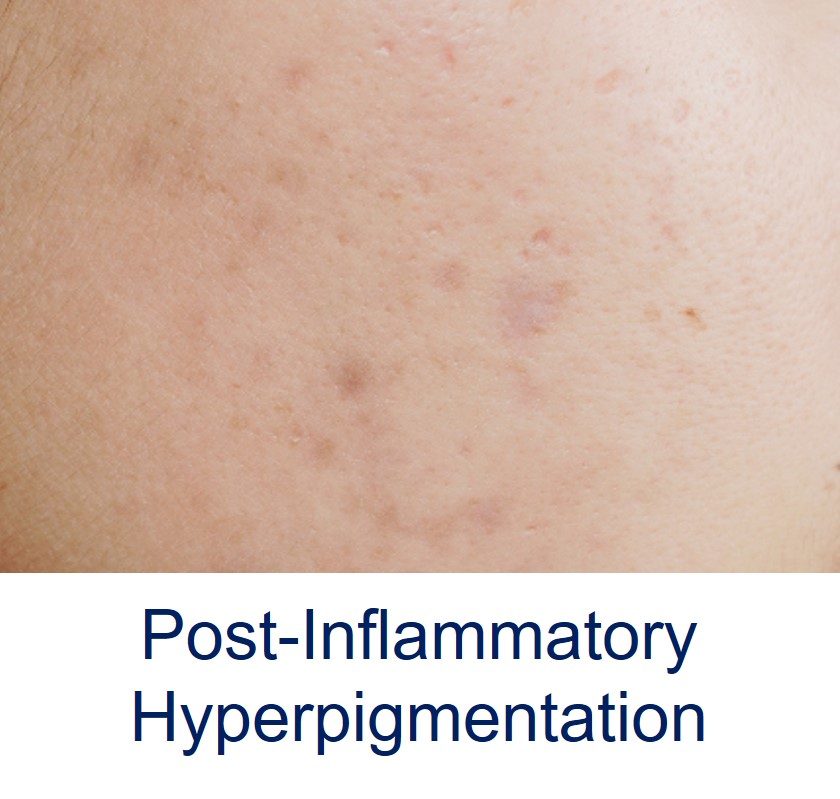 Post-Inflammatory Pigmentation
Post-Inflammatory Pigmentation
- Dark spots after any injury or inflammation of the skin
- Sensitive skin is more susceptible
- Appear as patch
- Commonly found on neck and face
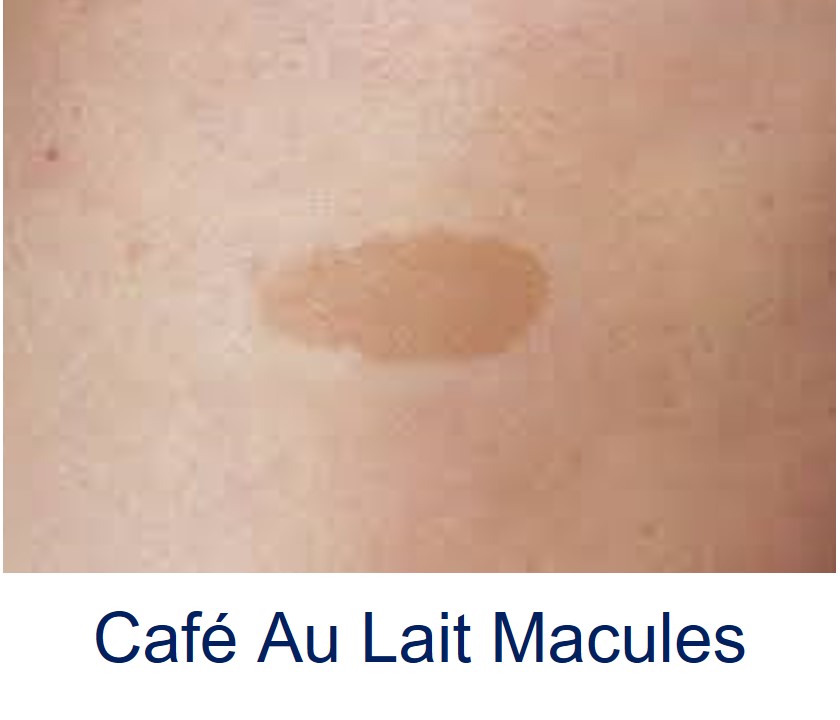 Café – Au – Lait Macules
Café – Au – Lait Macules
- Coffee colored stains
- Present since birth
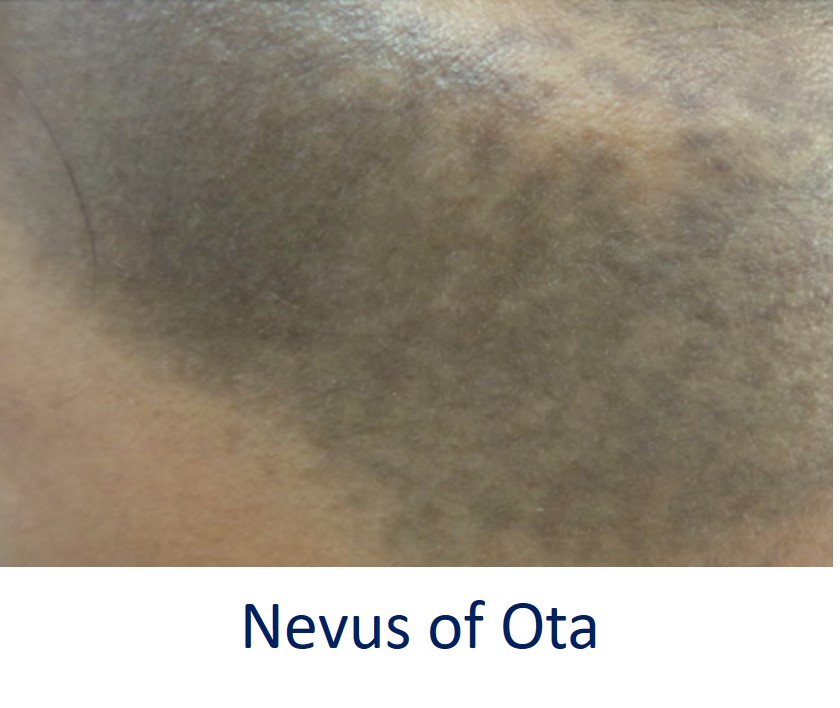 Nevus of Ota
Nevus of Ota
- Hyperpigmentation of the deeper layers of skin
- Resistant to various treatment options
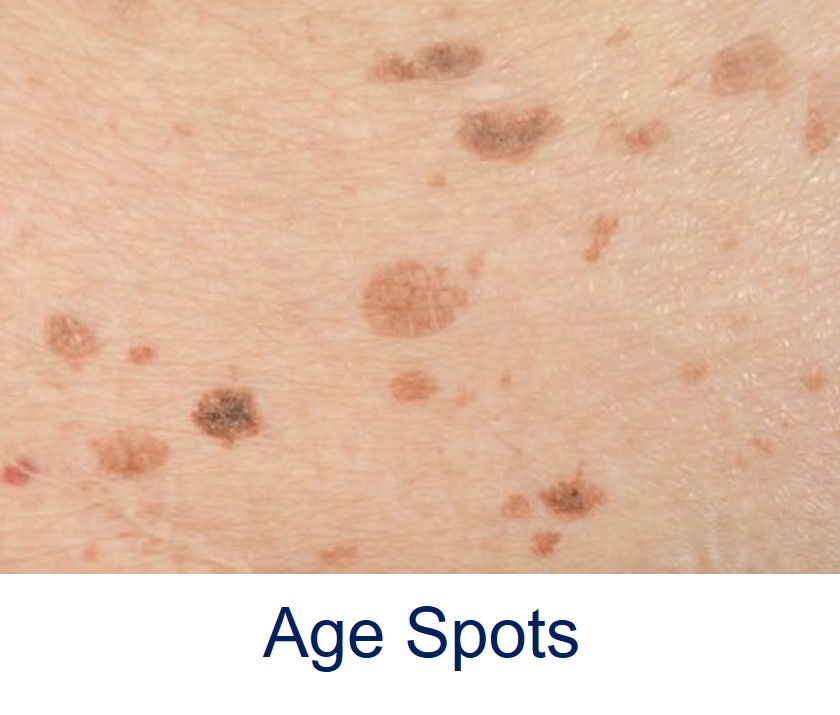 Age Spots
Age Spots
- Also referred to as sunspots or liver spots
- Black, tan, or brown in color
- Most commonly found on face and hands
7 Ways To Treat Hyperpigmentation
Below are mentioned the most common pigmentation treatments in Singapore that offer promising results with almost no downtime.
1. Chemical Peels
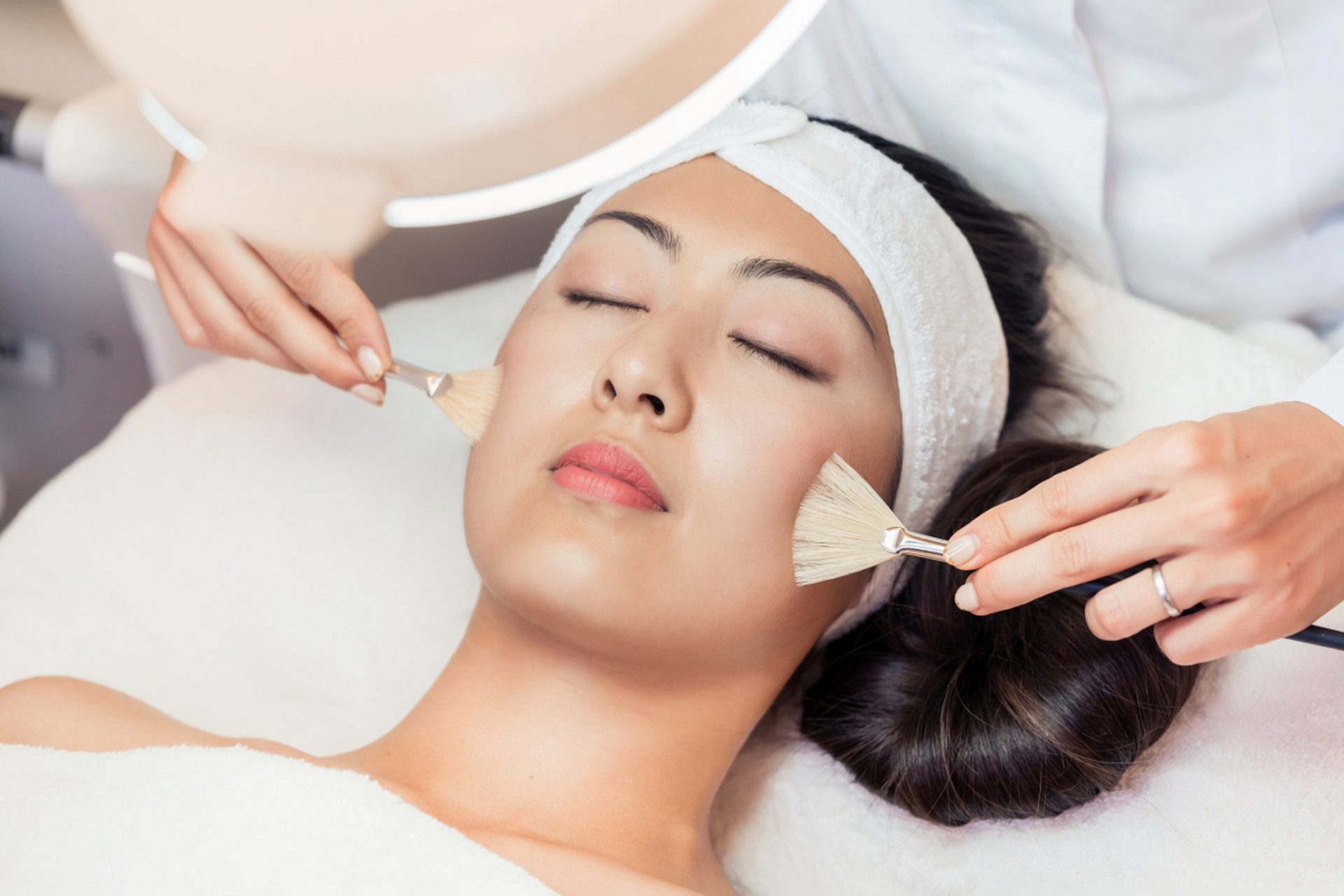
As the chemical peels are applied to the skin, they treat hyperpigmentation by removing the epidermis or sometimes even penetrating the deeper layers of skin for better results. It is necessary to consult a dermatologist before using a chemical peel due to the associated symptoms like irritation, blistering, skin burns, etc.
It works best for those who have a fair skin tone and are suffering from age spots, melasma, and skin blotching. However, those who stay out in the sun often are suggested not to use chemical peels as they make the skin more sensitive and prone to damage.
2. Retinoids
The Vitamin A-derived compound penetrates the layers of skin and is one of the most commonly used topical treatments for hyperpigmentation, though it may take the longest time to show results.
Over-the-counter retinoids are considered safe for use for people of all skin tones and mostly recommend to those who have mild pigmentation conditions.
3. Anti-Pigmentation Creams
The ingredients of pigmentation lightening creams mostly include hydroquinone, N-acetylglucosamine,
Vitamin B-3, etc. They are available in either soft cream or gel forms to be applied at least twice a day for best results.
These topical creams are suitable for all skin types and conditions, specifically age spots and melasma but may take longer than other professional Hyperpigmentation treatments in Singapore.
4. Face Acids And Gentle Peels
These exfoliate and remove the top layer of the skin, which allows new skin cells to replace the old hyperpigmented ones. Their ingredients include salicylic acid, Vitamin C, etc., making the skin smooth and soft along with removing dark-colored patches.
Face acids are usually advised to people with mild conditions and fair skin tone for effective results, but the side effects, including itching and skin rash, should be kept in mind.
5. Laser Resurfacing Treatments

Laser resurfacing or laser peel treatments target a narrow beam of laser into the layers of skin, which either removes the layer of skin (ablative laser) or increases collagen production (non – ablative laser). This altogether treats hyperpigmentation along with having a tightening effect. Although the results and improvements are more visible compared to other laser treatment options, there are certain side effects associated with this option.
A dermatologist should analyze your skin tone before recommending you laser treatment as they may darken the skin instead of lightening it despite it working best for lighter skin tones.
6. Intense Pulse Light (IPL) Therapy
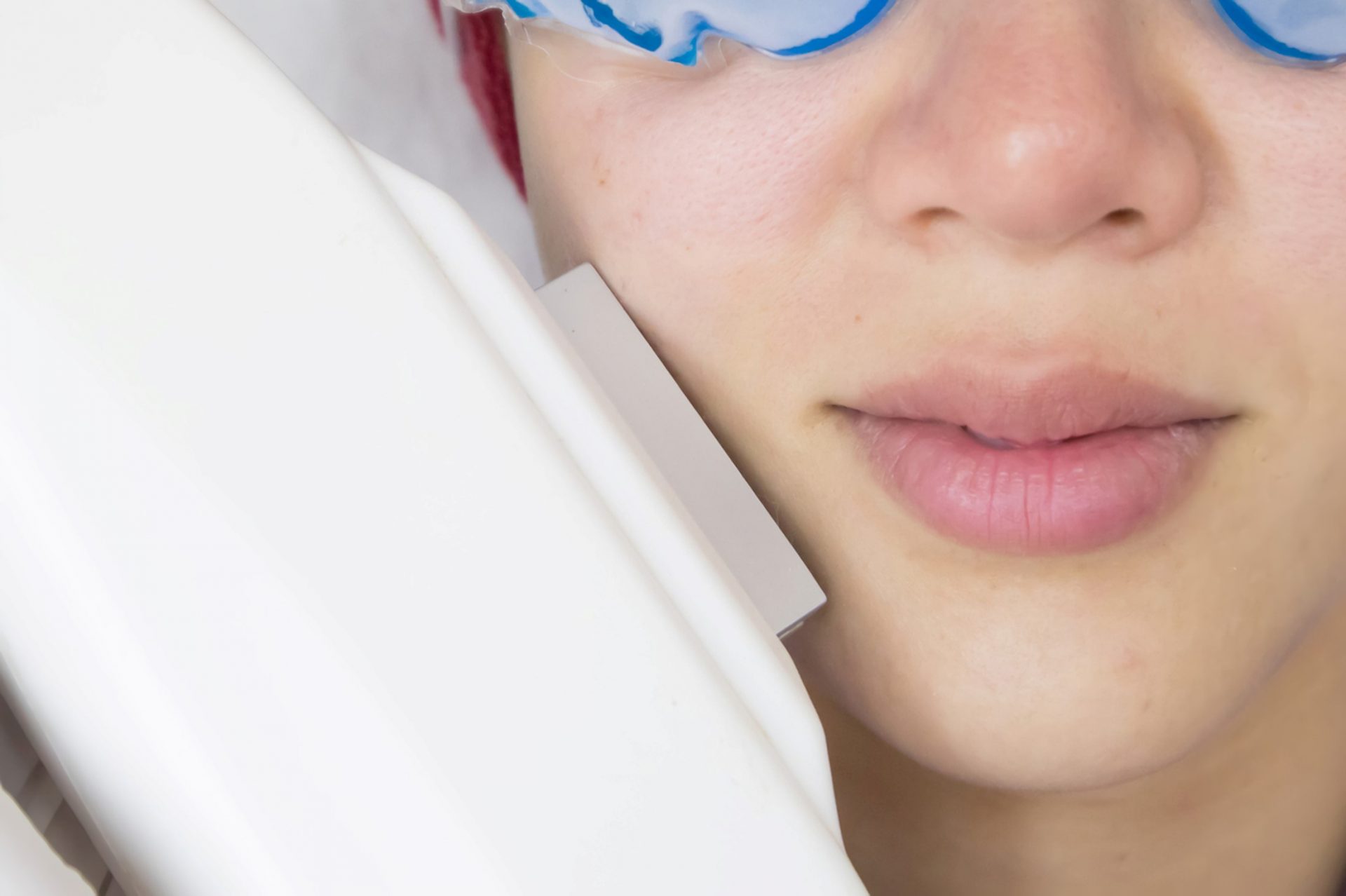
IPL or photo facial is a treatment that increases the natural production of collagen in the skin. Despite the need for multiple sessions, it provides promising results and also treats wrinkles, spider veins, etc.
It is mainly suggested to those who have a fair skin tone and suffer from skin hyperpigmentation, precisely flat spots like freckles.
7. Dermabrasion And Micro-Dermabrasion
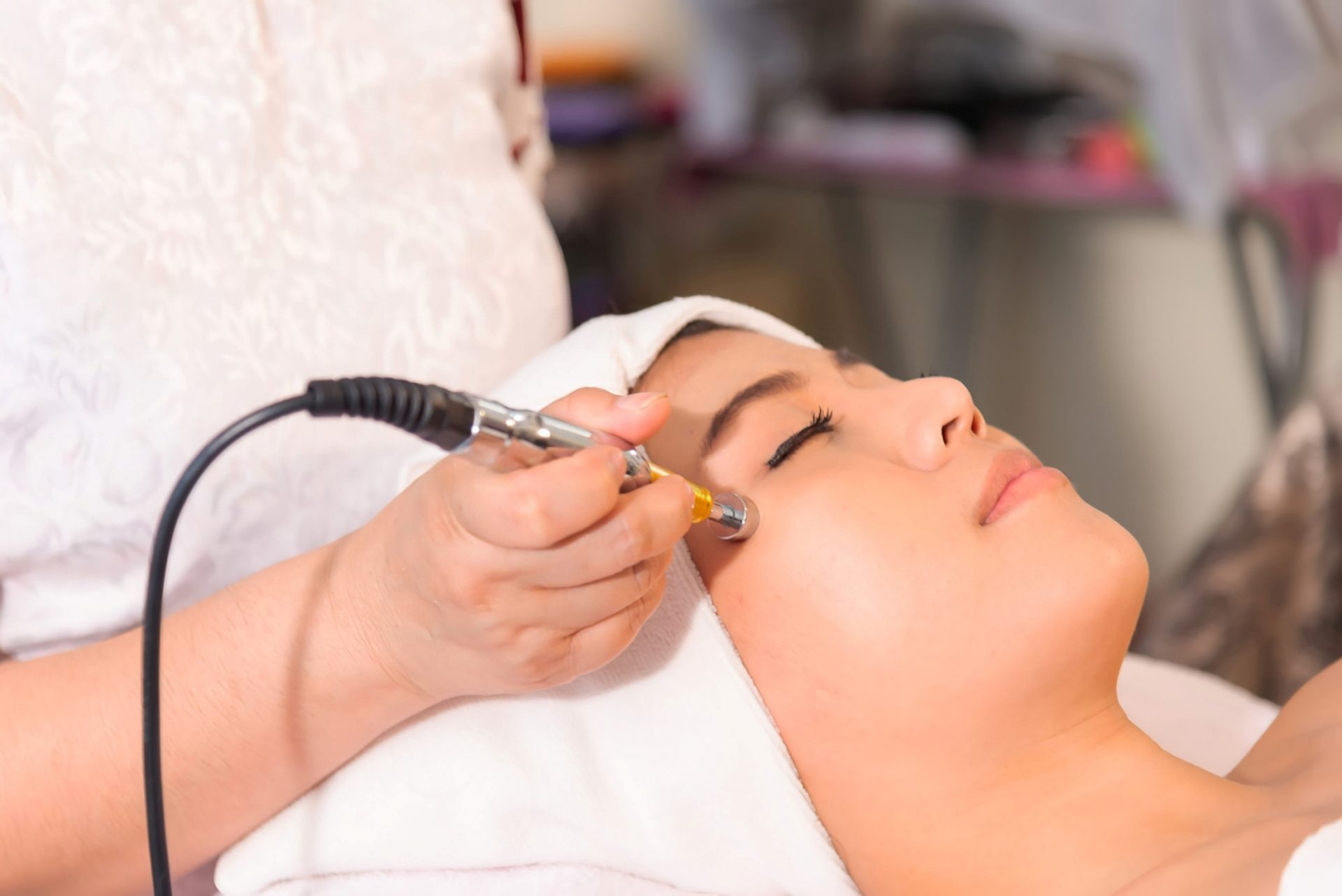
Dermabrasion improves the epidermis while removing the top layer and treating concerns such as texture irregularities. Likewise, micro-dermabrasion also only treats superficial hyperpigmentation that has affected the epidermal layer.
Both the treatments work best for post-inflammatory hyperpigmentation, acne scars, age spots, etc. They are recommended to those with pigmentation on the shallow layer of the skin.
Which Solution Is The Best? Where Should I Start?
The wide range of Hyperpigmentation treatments in Singapore offers multiple options. In view of all the associated factors and conditions, every treatment works differently for each individual.
It is very common for one to have more than one type of hyperpigmentation condition, and so it is advised to speak to a doctor and personalize a treatment plan once he has analyzed your skin and knows which treatment will suit you the best.
Moreover, different pigmentations also respond differently to treatments; hence the need for professional advice arises. Every treatment has a different impact on the skin; thus, the side effects may also vary among individuals. While one treatment is considered safe in a person, it may flare up a much worse hyperpigmented response in others.
Conclusion
Laser treatments in Singapore are the modern world treatment options for hyperpigmentation skin conditions that help you improve your skin imperfections, remove discolored patches and spots. It is important for you to consult your doctor before opting for any treatment. After a consultation session, they will determine which treatment will suit you the best.
About Dream Aesthetics and Plastic Surgery
Bespoke surgical for cosmetic or medical reasons is what Dream covers to bring out the beauty in every individual. Going beyond the aesthetics and working on physical anomalies are what we value the most in leading our patients to cherish self-improvement and confident lifestyles.
Derived from Associate Professor Vincent Yeow’s long-standing experience performing plastic surgery in Singapore, our treatment plans deliver physical remodelling in our patients’ favour. One of the notable remodellings is droopy eyelid correction. The ptosis surgery used for treatment eventually fixes drooping eyelids, improves vision and enhances appearance.
Most importantly, as a trustworthy plastic surgery and aesthetic clinic, we treasure positive and natural outcomes for each individual. We will ensure to deliver the beauty refinement of your dream without compromising your safety and privacy.

